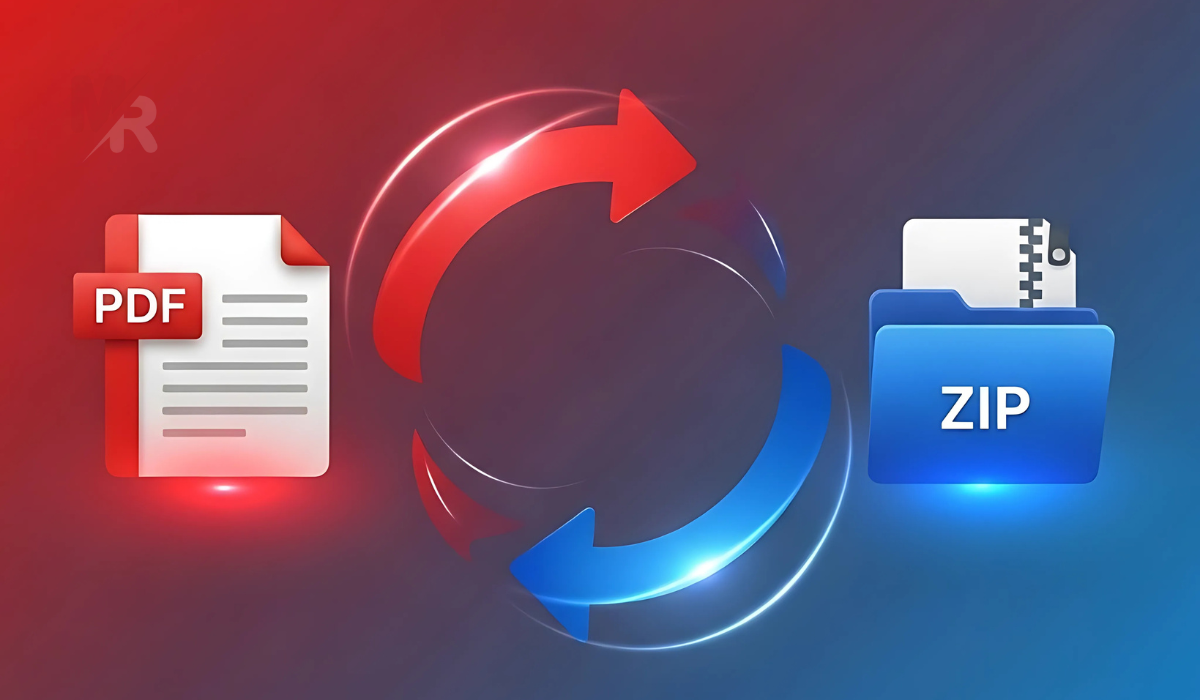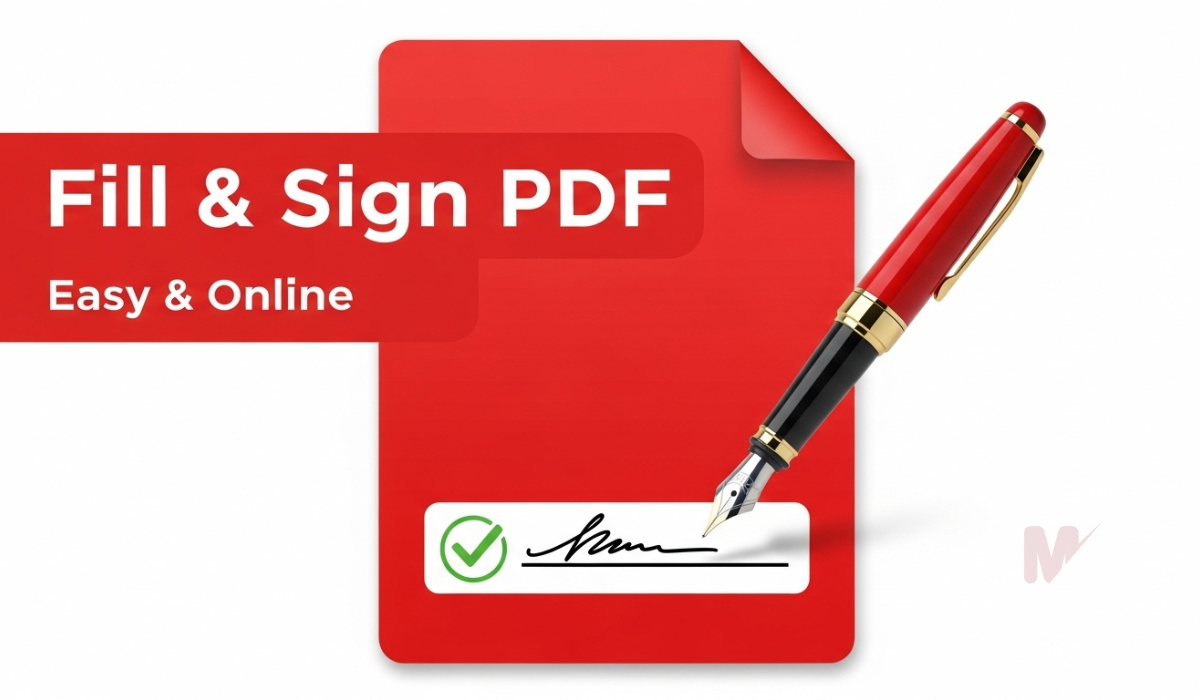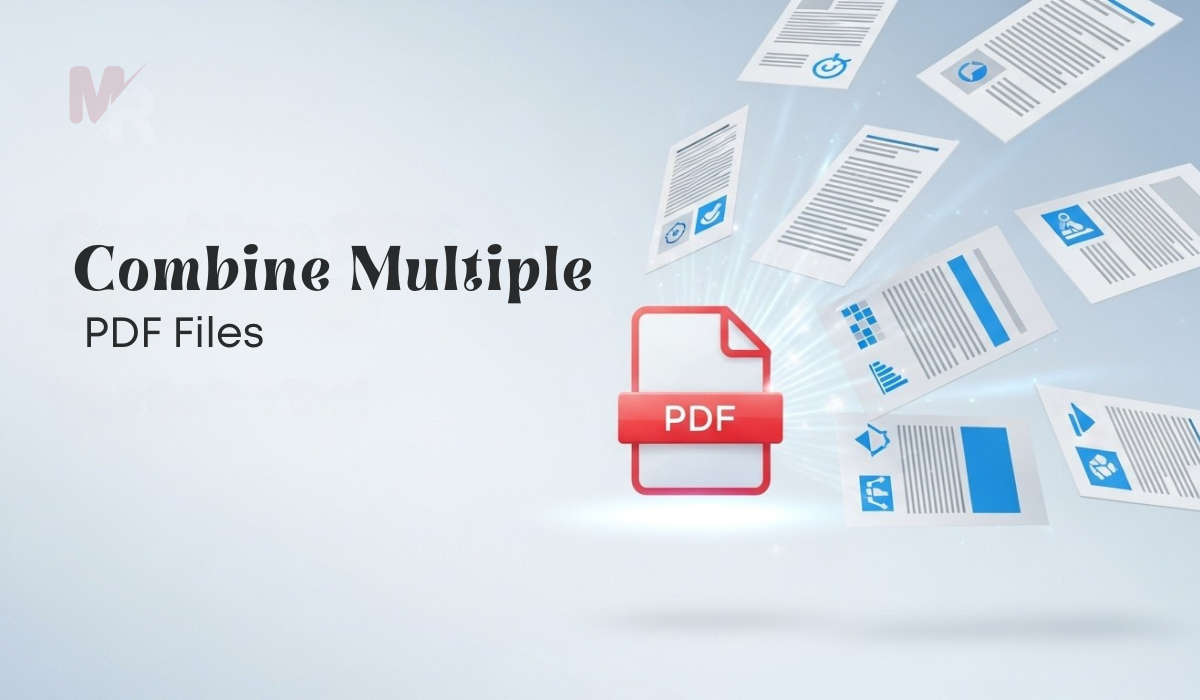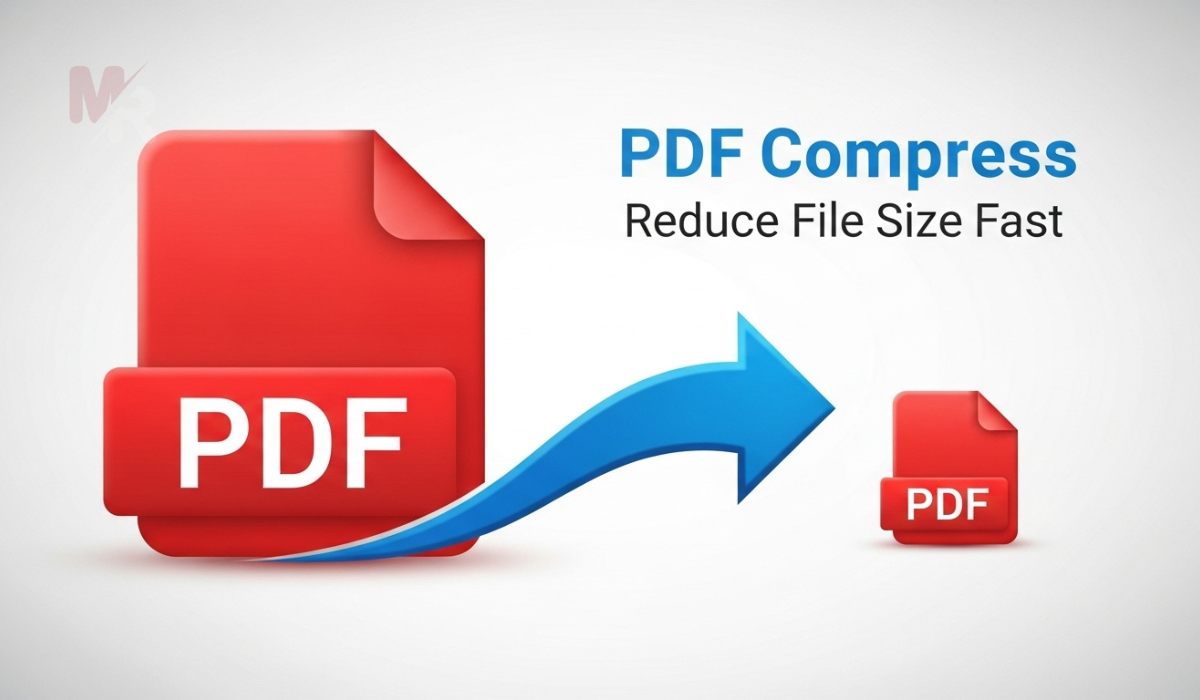| Your User Agent | |
| Your Browser | |
| Browser Version | |
| Operating System | |
| Languages |
What Is My User Agent: A Complete Guide to Using the Tool
Your user agent reveals more about your device than you might think. If you’re asking “What Is My User Agent?”, this article will guide you through what a user agent is, how our tool helps you identify it instantly, and why understanding it is important for developers, marketers, and everyday users.
What Is a User Agent?
A user agent is a string of text that your web browser sends to websites every time you visit them. This string contains key information about your browser, operating system, device type, and more. Websites use this information to deliver content that matches your device’s capabilities.
For example, if you’re visiting a website from a smartphone, the user agent string might include “Mobile” or “Android.” If you’re using Chrome on Windows, it will specify that too.
Why Should I Care About My User Agent?
If you’ve ever wondered “What Is My User Agent?”, there are several good reasons why the answer matters:
- Web developers use it to optimize websites for different browsers and devices.
- Cybersecurity analysts review it for potential spoofing or inconsistencies.
- Marketers analyze traffic sources and user platforms.
- Users can troubleshoot browser-related issues or confirm if their browser is up-to-date.
In short, your user agent plays a vital role in how the web interacts with your device.
How to Use the “What Is My User Agent” Tool
Our What Is My User Agent tool makes identifying your browser details effortless. Here’s a step-by-step guide:
Step 1: Visit the Tool Page
Simply go to the “What Is My User Agent” tool on our website. The page will automatically detect your browser and generate your user agent string in real time.
Step 2: View Your User Agent String
The string will look something like this:
Mozilla/5.0 (Windows NT 10.0; Win64; x64) AppleWebKit/537.36 (KHTML, like Gecko) Chrome/115.0.0.0 Safari/537.36
This might look complex, but each part of the user agent string provides useful data. We’ll break it down shortly.
Step 3: Copy and Use It
Click the “Copy” button next to the string to paste it into emails, troubleshooting forms, or documentation.
What the User Agent String Tells You
The string you see in the What Is My User Agent tool includes several key components:
- Browser name and version (e.g., Chrome/115.0.0.0)
- Operating system (e.g., Windows NT 10.0)
- Device architecture (e.g., Win64; x64)
- Engine details (e.g., AppleWebKit/537.36)
Each section helps developers or support teams understand exactly what environment you’re using.
Use Cases for the “What Is My User Agent” Tool
1. Web Development Testing
When testing websites, developers need to ensure compatibility across different browsers and devices. The What Is My User Agent tool helps developers verify that the correct version of the site is served to the correct devices.
2. Browser Compatibility Issues
Some websites behave differently on Safari, Chrome, Firefox, or Edge. If you’re facing issues loading a webpage, sharing your user agent string with support can help them quickly identify compatibility problems.
3. Debugging APIs or Applications
APIs often use user agent strings to determine how requests are being made. The tool helps developers and QA teams understand how their applications behave in different environments.
4. Security and Anti-Fraud
Cybersecurity analysts use the What Is My User Agent string to detect anomalies in network traffic. If a user agent string doesn’t match expected patterns, it may indicate spoofing, bots, or malicious behavior.
5. Marketing Analytics
Marketers use user agent data to determine how many users visit their sites from mobile vs desktop, which browser is most common, or which operating system is trending.
Can You Change Your User Agent?
Yes, browsers allow users to modify their user agent strings using extensions or developer tools. This is useful for testing or browsing mobile-only websites from a desktop.
However, changing your user agent can confuse websites or cause rendering issues if used improperly. That’s why tools like What Is My User Agent help you verify the real or altered string.
How Safe Is It to Share Your User Agent?
Your user agent does not include personally identifiable information (PII), so it’s generally safe to share. However, it can reveal technical information like:
- Operating system
- Browser version
- Device type
While this data alone can’t identify you, in combination with other metadata, it could help advertisers or trackers build a digital fingerprint.
FAQs About “What Is My User Agent”
Q: Does every browser have a different user agent?
Yes. Each browser — Chrome, Safari, Firefox, Edge — uses a distinct format in its user agent string.
Q: Can my user agent change automatically?
Yes. Browser updates or OS upgrades can cause the user agent string to change. That’s why developers regularly check user agent strings using tools like ours.
Q: What if the user agent string is blank?
If the What Is My User Agent tool doesn’t display a string, it could be due to browser settings, a privacy extension, or firewall rules blocking the request.
Final Thoughts
Knowing your user agent may seem trivial, but it plays an essential role in how websites and apps interact with your browser. Whether you’re a developer testing a layout, a user troubleshooting a glitch, or an analyst reviewing traffic logs — using the What Is My User Agent tool gives you instant clarity.
By understanding what your browser reveals and how to interpret it, you stay more informed and better equipped to handle web compatibility, security, and optimization.






